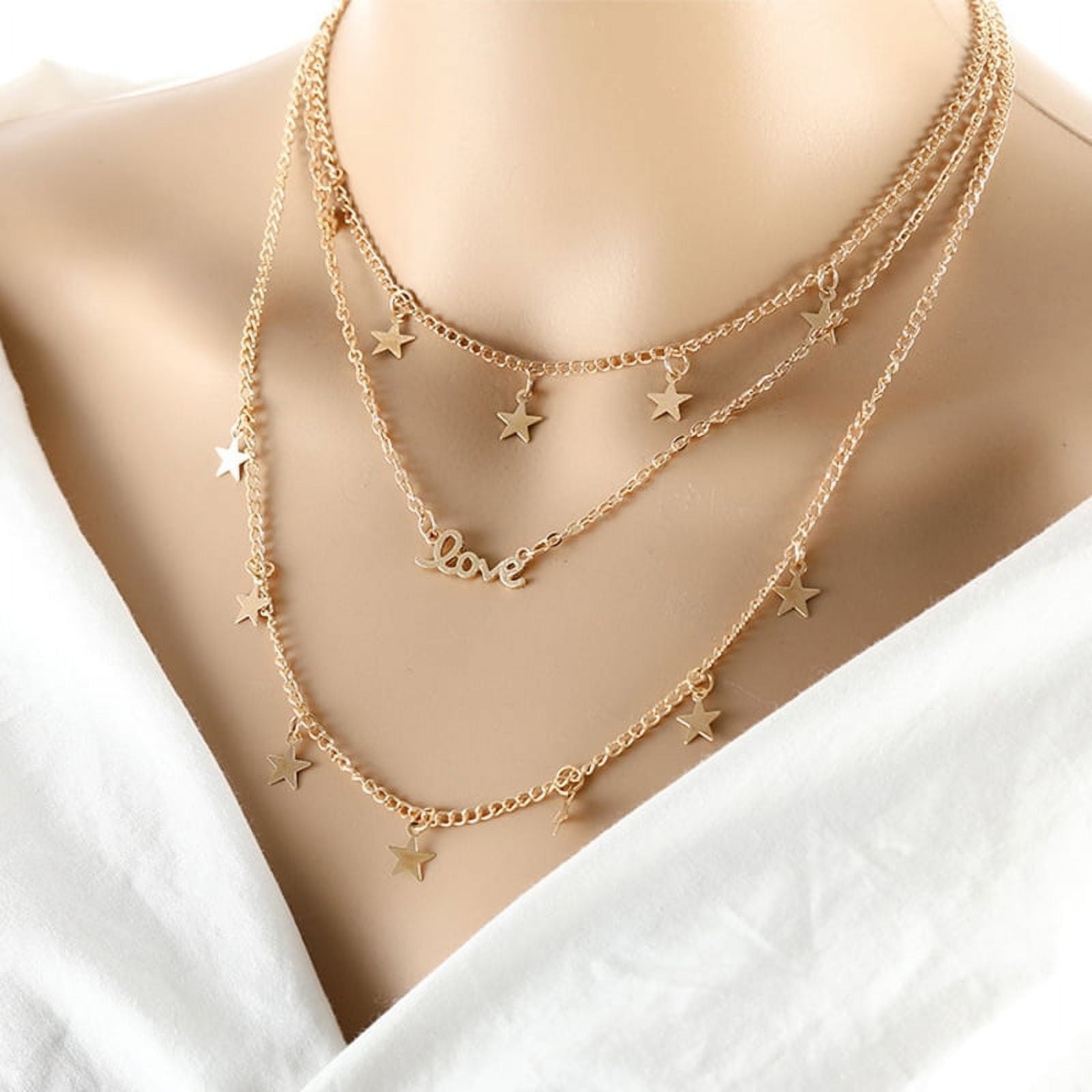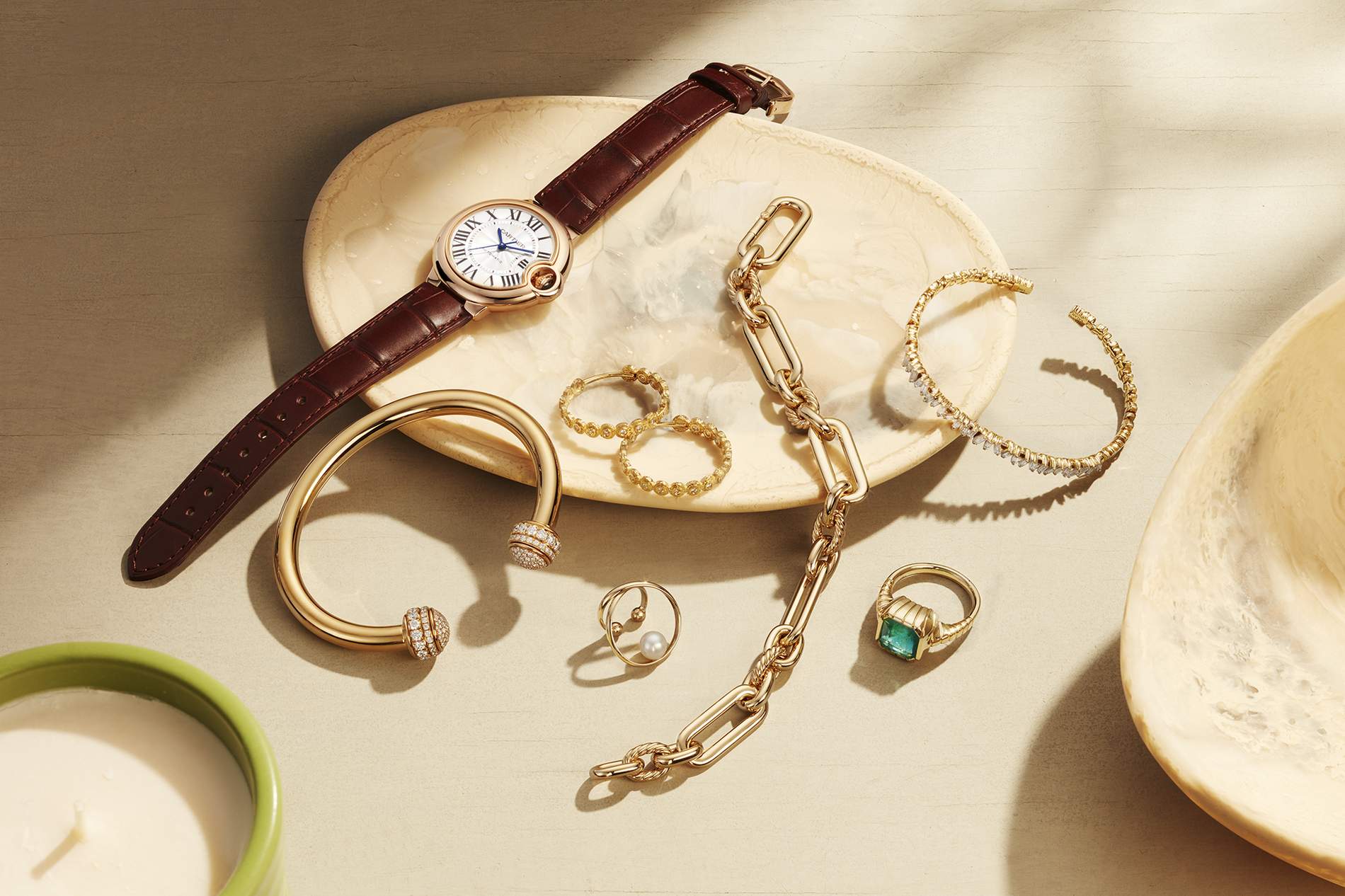How to get rust off jewelry? Jewelry is often cherished for its beauty and sentimental value. However, over time, certain metals used in jewelry, such as iron or steel, can develop rust when exposed to moisture or other corrosive elements. Rust not only detracts from the appearance of jewelry but can also weaken its structure. It is essential to address rust promptly to preserve the beauty and integrity of your jewelry. In this comprehensive guide, we will explore various methods and techniques for removing rust from different types of jewelry. By understanding the materials and following appropriate cleaning methods, you can effectively restore the shine and appeal of your rusted jewelry.
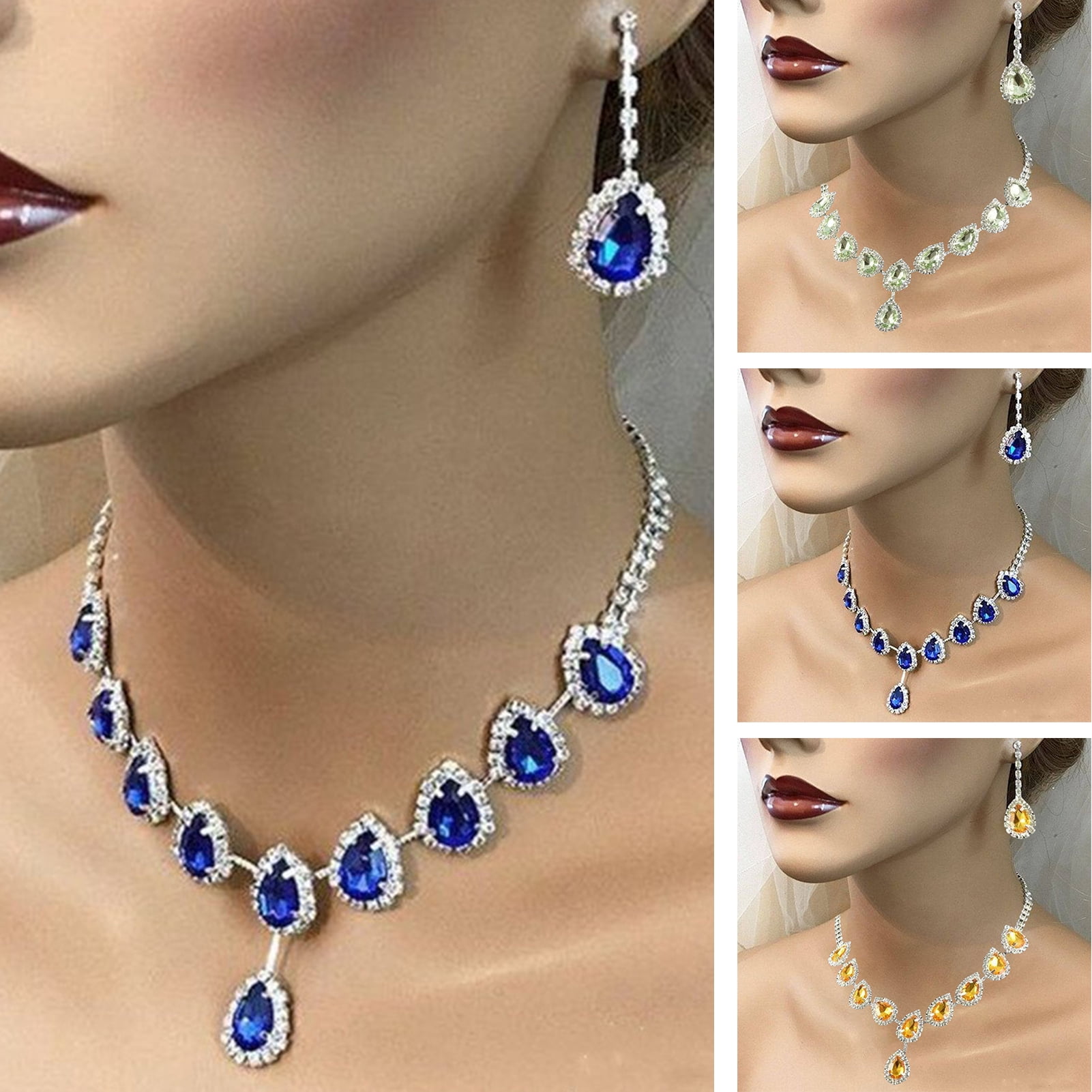
Assessing the Jewelry Materials:
Before attempting to remove rust from your jewelry, it is crucial to assess the type of metals used and the degree of rusting. Consider the following factors:
- Ferrous metals: Identify whether the jewelry contains ferrous metals, which are prone to rust. Common examples include iron, steel, or certain alloys. Non-ferrous metals like gold, silver, and most precious metals do not rust, but they may tarnish.
- Degree of rusting: Determine the extent of rust on your jewelry. Light surface rusting can be relatively easy to remove, while deep or extensive rusting may require more intensive cleaning methods.
Using Basic Household Items:
You can often remove light surface rust from tiffany jewelry using basic household items:
- Aluminum foil: Create a simple rust-removing solution by placing a sheet of aluminum foil in a container, adding warm water and a teaspoon of salt or baking soda. Immerse the rusted jewelry in the solution and let it sit for a few hours or overnight. Remove the jewelry, rinse it with clean water, and gently dry it.
- Vinegar: Soak the rusted jewelry in white vinegar or apple cider vinegar for several hours or overnight. Use a soft brush or cloth to gently scrub off the rust. Rinse the jewelry with clean water and dry it thoroughly.
- Lemon juice: Apply fresh lemon juice directly onto the rusted areas of the jewelry, and allow it to sit for several minutes. Scrub the rusted areas with a soft brush or cloth, then rinse with clean water and dry thoroughly.
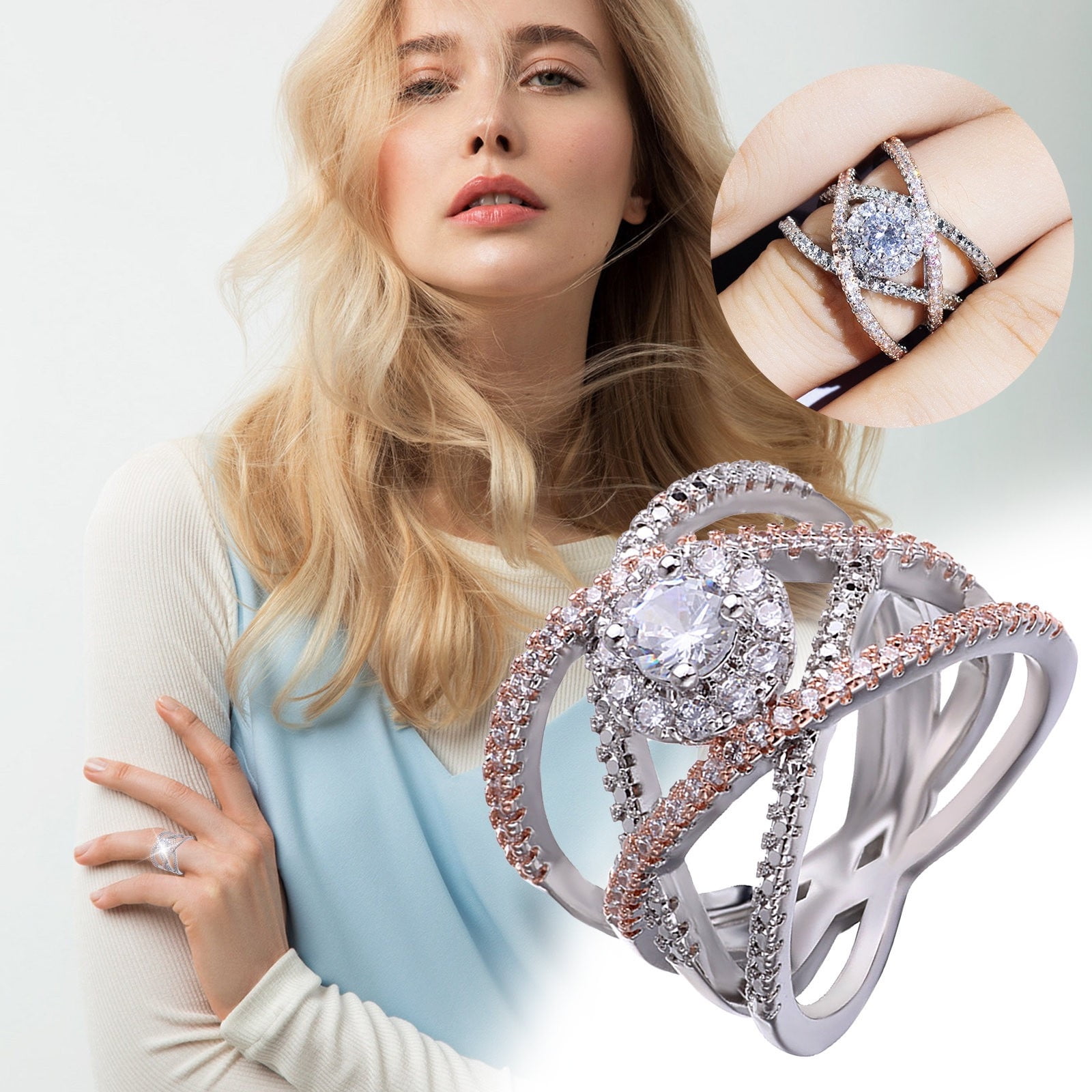
Specialized Cleaning Techniques:
For more stubborn rust or extensive rusting, you may need to employ specialized cleaning techniques:
- Commercial rust removers: Look for commercial rust-removal products specifically formulated for jewelry. Follow the manufacturer’s instructions carefully, as these products typically involve soaking the jewelry, using a brush for scrubbing, and rinsing with water.
- Electrolysis: Electrolysis is an advanced method used to remove rust from heavily rusted jewelry. It involves immersing the jewelry in an electrolysis solution and passing an electric current through it. For safety and best results, seek guidance from a professional jeweler or metalsmith experienced in electrolysis.
- Professional jewelry cleaning: If the rust cannot be removed using household methods or if the jewelry is particularly valuable or delicate, consult a professional jeweler for cleaning and restoration. They have the expertise and specialized equipment to safely remove rust without damaging the jewelry.
Preventative Maintenance:
To minimize the risk of rust formation on your jewelry, consider the following preventative measures:
- Keep jewelry dry: Avoid exposing your metal jewelry to water or moisture for extended periods. Remove jewelry before bathing, swimming, or engaging in activities that may cause excessive perspiration.
- Store jewelry properly: Store your jewelry in a clean, dry place, away from moisture or exposure to air. Use anti-tarnish pouches or jewelry boxes with tarnish-resistant properties to reduce the risk of rust and tarnish.
- Remove jewelry before applying personal care products: Take off jewelry before applying lotions, perfumes, or other personal care products, as they can contribute to rust formation.
- Clean and dry jewelry after wear: After wearing jewelry, gently clean it with a soft cloth to remove any oils or residue. Ensure the jewelry is completely dry before storing it.
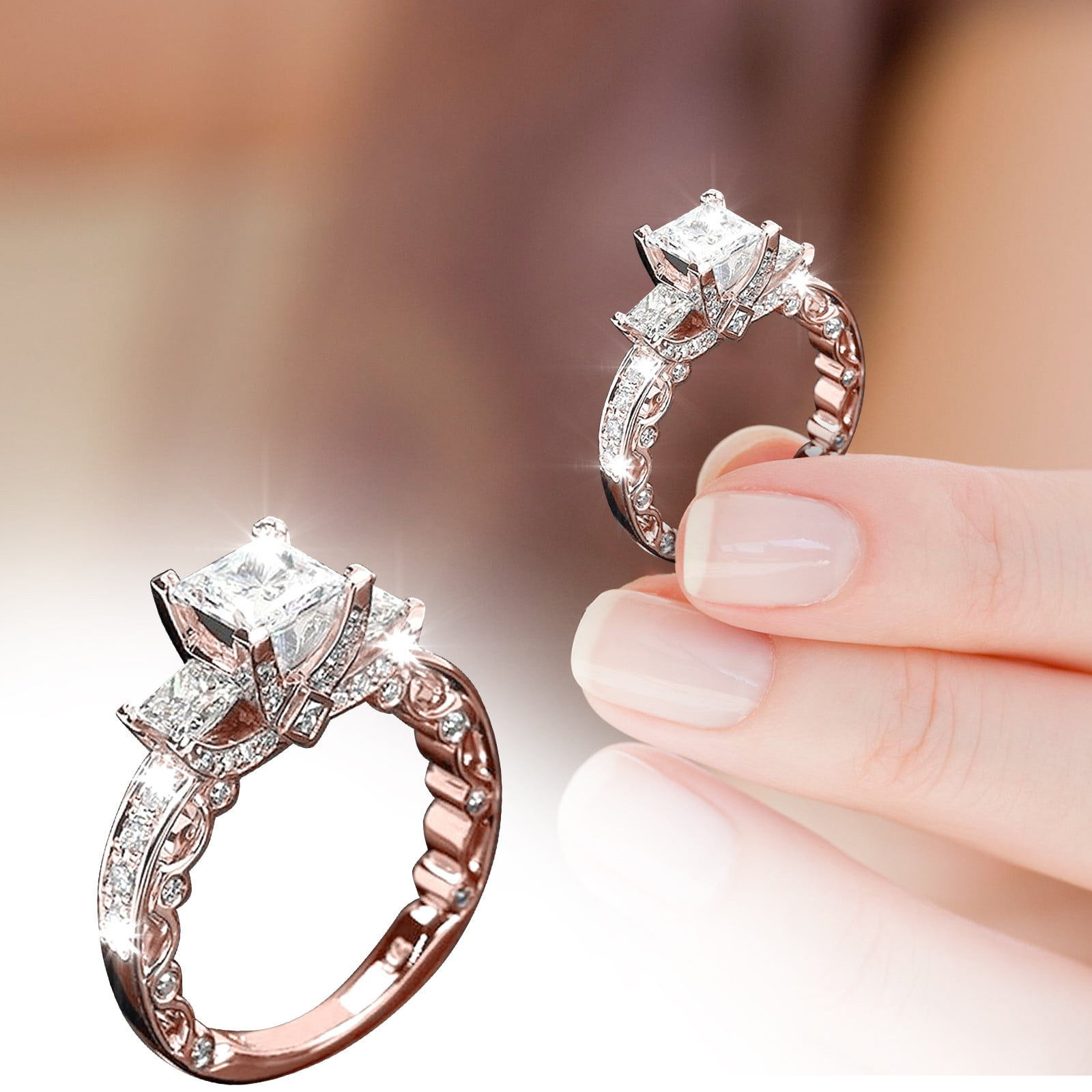
How to store jewelry
Jewelry holds both sentimental and financial value, making it essential to store it properly when not in use. Proper storage helps preserve the beauty, shine, and longevity of your jewelry, preventing damage and minimizing the risk of loss.
Assessing Your Jewelry:
Before embarking on proper storage, it is important to assess your jewelry collection and consider the following factors:
- Material: Different types of jewelry require specific storage considerations. Common materials include precious metals like gold, silver, and platinum, gemstones, pearls, and delicate pieces made of glass or porcelain.
- Sensitivity: Some jewelry may be more sensitive to environmental factors, such as humidity or light. Determine if any pieces require extra care or specific storage conditions.
- Types of jewelry: Categorize your jewelry by type, such as necklaces, bracelets, rings, earrings, or brooches. By organizing your jewelry, you can store them appropriately and ensure ease of access.
Creating an Ideal Storage Environment:
To maintain the quality of your jewelry, it is important to create an ideal storage environment with the following considerations:
- Temperature and humidity: Store jewelry yourself in a location with stable temperature and humidity levels. Extreme heat or cold and high humidity can cause damage or accelerate tarnishing.
- Out of direct sunlight: Keep your jewelry away from direct sunlight or excessive light exposure. Prolonged exposure to light can fade gemstones, degrade organic materials, and discolor metals.
- Protect from chemicals: Avoid storing jewelry near chemicals or sources of moisture, such as cleaning products, perfumes, or bathrooms. Chemicals can damage precious metals, tarnish silver, and erode gemstones.
- Anti-tarnish measures: Use anti-tarnish strips or pouches to slow down the tarnishing process of sterling silver jewelry. These can be placed inside the storage area or individual jewelry boxes.

Suitable Storage Options:
Consider the following storage options for different types of jewelry:
- Jewelry boxes: Use jewelry boxes with various compartments designed specifically for different jewelry types. This helps keep items separate and prevents scratching or tangling. Look for boxes lined with soft fabric or anti-tarnish material.
- Hanging organizers: Hanging organizers with pockets or compartments are suitable for storing necklaces, bracelets, and earrings. They provide easy access and help prevent tangles.
- Drawer dividers or trays: Utilize drawer dividers or trays with compartments to neatly store rings, earrings, or smaller jewelry pieces. This ensures each piece has its designated space and minimizes the risk of damage.
- Jewelry rolls or wraps: Jewelry rolls or wraps are ideal for traveling or storing individual pieces. They offer a compact and protective solution to keep your jewelry organized while on the go.
Conclusion:
Removing rust from jewelry requires careful assessment, appropriate cleaning techniques, and preventative measures. By understanding the materials and extent of rusting, you can select the most effective methods for restoring your jewelry’s shine and beauty. Whether using household items like aluminum foil, vinegar, or lemon juice, or opting for specialized cleaning techniques or professional assistance, it is crucial to handle jewelry with care. By following these guidelines and ensuring proper preventative maintenance, you can prolong the life and appeal of your jewelry, keeping it rust-free for years to come.
